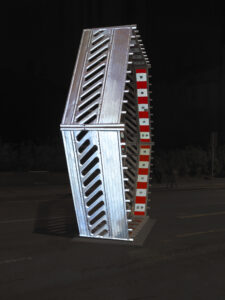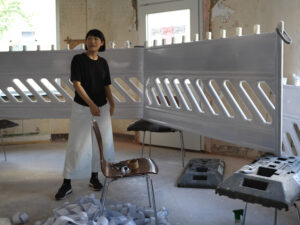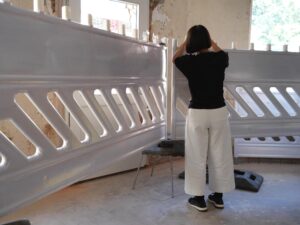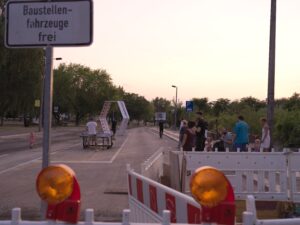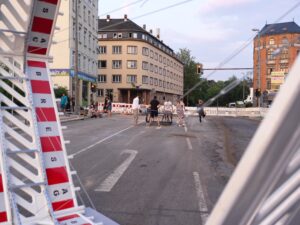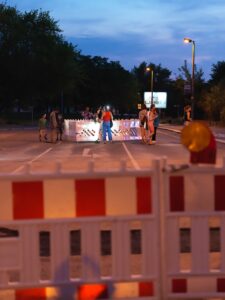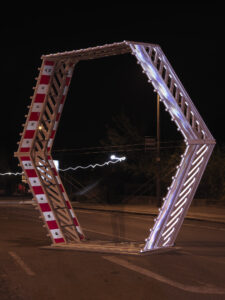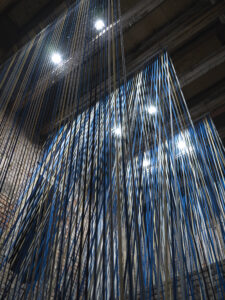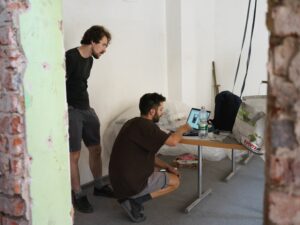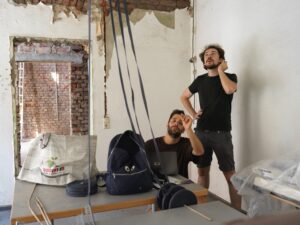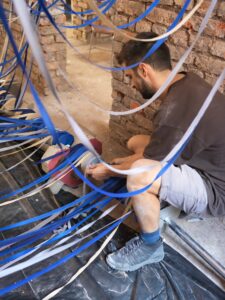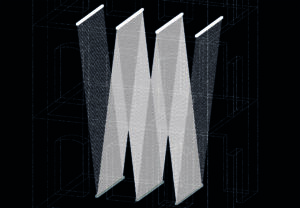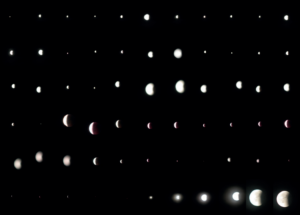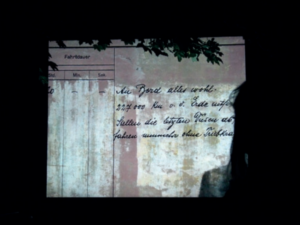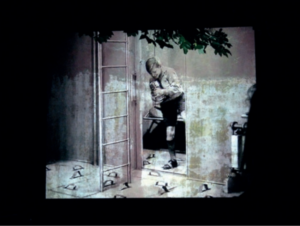Unter dem Titel IG Nacht machten die Dialogfelder 2018 die Nacht in Chemnitz lebenswerter, indem sie den Boden für neue Sichtweisen und spielerische Umgänge mit dem Thema Nacht in der Großstadt bereiteten. Das Zentrum der IG Nacht, der südliche Sonnenberg, wurde in ein künstlerisch-kreatives Frühbeet für Nachtschattengewächse verwandelt, dessen Ausstrahlung weit in die Stadt hinein zu spüren war.
Über 5 Monate lang wurden insgesamt über 10 Künstler*innen, Designer*innen, Performer*innen, Musiker*innen, Wissenschaftler*innen und Kreative aus ganz Europa für je 4 Wochen nach Chemnitz eingeladen, um insgesamt fünf Dialogfelder zu gestalten. An dieser Stelle können Sie die Nacht rekapitulieren, die involvierten Künstler:innen kennenlernen und die Ergebnisse nacherleben.


